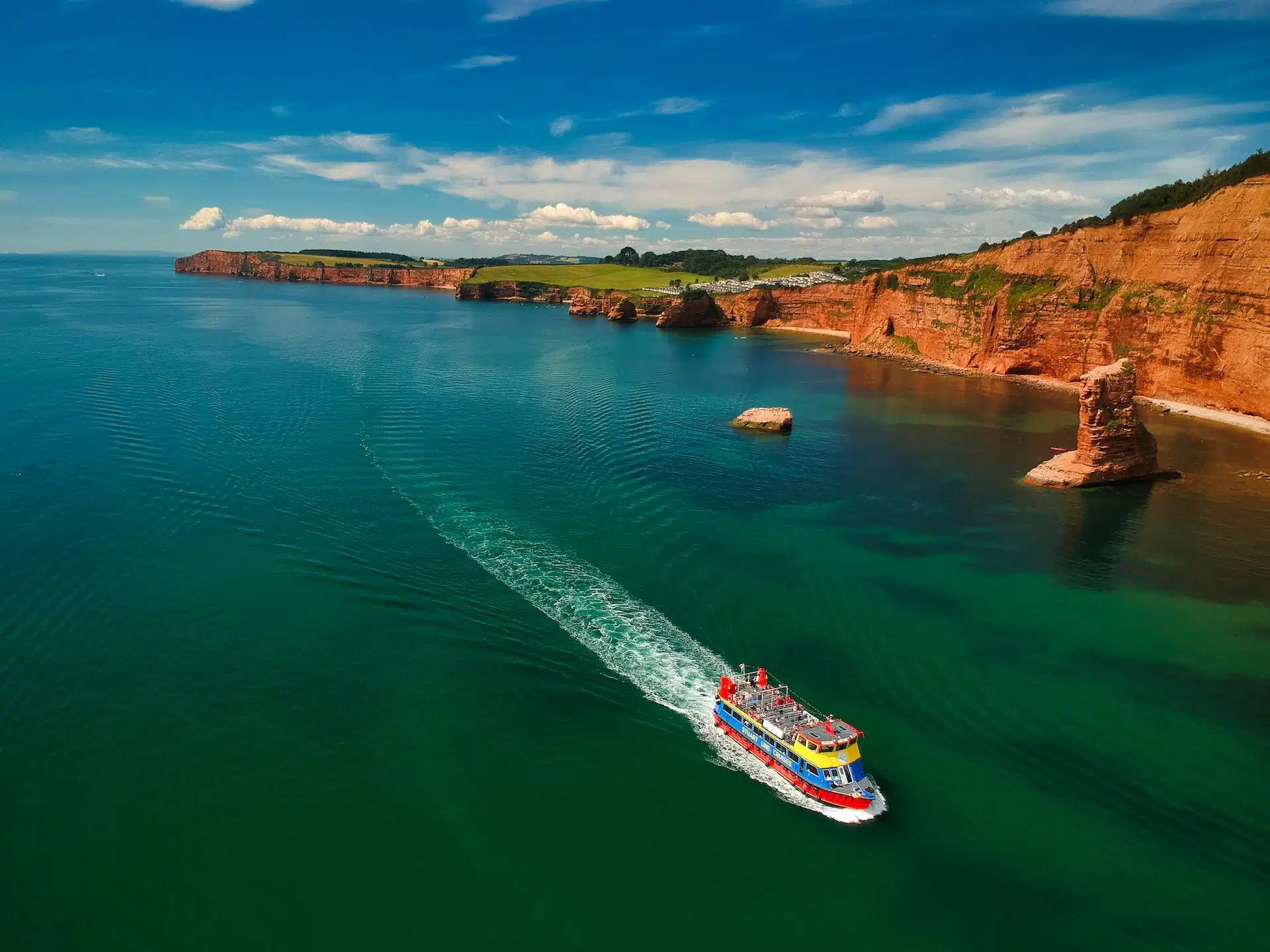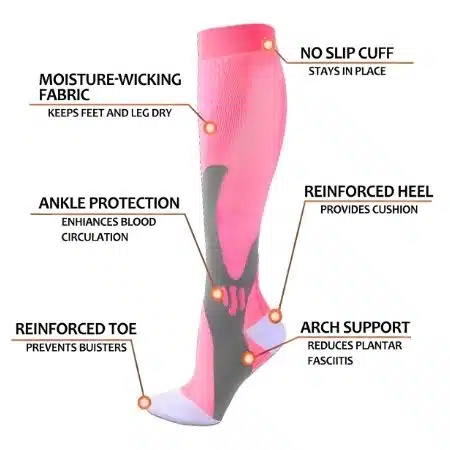
Fun Things to Do in High Atlas | Travel Guide (2024) | Best Places to Visit
High Atlas Travel Guide
Quick overview of High Atlas with our expert tips and insights. Jump to any section.
Welcome to the majestic High Atlas Mountains in Morocco! Nestled in the heart of North Africa, this breathtaking mountain range offers a truly unforgettable travel experience. With its towering peaks, picturesque valleys, and vibrant Berber culture, the High Atlas Mountains are a paradise for outdoor enthusiasts and cultural explorers alike. From hiking and trekking to immersing yourself in traditional village life, there is something for everyone in this enchanting destination. Get ready to be captivated by the stunning landscapes, warm hospitality, and rich history of the High Atlas Mountains.
High Atlas Travel Videos
We've curated authentic High Atlas videos for inspiration and practical tips. Discover all the amazing places to visit and things to do in High Atlas in 2024. Make your own Itinerary, like a Pro.














Travel Essentials
Are you traveling soon? Don't miss our list of essential items that have made our travels - and will make yours - more comfortable, organized, and enjoyable!
Memory Foam Neck Pillow

Make traveling comfy with a memory foam neck pillow. It helps your neck and head stay cozy, so you can sleep well on planes or cars.
View on Amazon
Universal Travel Adapter

Charge your gadgets anywhere in the world with this adapter. It's a must-have for travelers to keep phones and cameras ready to use.
View on Amazon
Packing Cubes

Keep your suitcase neat and save space with these cubes. They help you pack your clothes better, and finding things easier and quicker.
View on Amazon
Apple Air Tag

Never lose your bags again. Put an AirTag in your luggage, and you can see where it is on your phone. It's like magic for finding your things.
View on Amazon
3D Eye Mask

Sleep like a baby anywhere with a special anti-pressure eye mask. It blocks all light, so you can nap anytime, making it perfect for long trips.
View on Amazon
Portable Door Lock

Feel safer when you travel with a portable lock. It's easy to use on any door and gives you extra security wherever you stay.
View on Amazon
Foam Ear Plugs

Block out noise with ear plugs. They're great for quiet sleep on planes or in busy places, giving you your own quiet space.
View on Amazon
4 in 1 Travel Dispenser Bottle

Carry all your liquids in one bottle. It saves space and keeps things like shampoo and lotion easy to use when you're away from home.
View on Amazon
Power Bank

Keep your phone charged with a power bank. It's essential for long trips to make sure you can use your phone whenever you need it.
View on Amazon
Compression Socks

Wear compression socks to feel less tired on long trips. They are specially designed to apply pressure to your lower legs, helping to maintain blood flow, reduces swelling and cramping.
View on Amazon
We hope you love our recommendations! As an Amazon associate we may earn from qualifying purchases.
Things To Do In High Atlas
The High Atlas region in Morocco offers a plethora of activities and attractions for visitors to enjoy. Here are some must-see and must-do experiences in the area:
1. Hiking and Trekking: The High Atlas Mountains are a paradise for outdoor enthusiasts. Lace up your boots and embark on a challenging hike to conquer the highest peak in North Africa, Mount Toubkal. Alternatively, opt for a scenic trek through the picturesque valleys and Berber villages, such as the famous Ait Bouguemez Valley.
2. Exploring Marrakech: While not technically part of the High Atlas, Marrakech is the gateway to the region and deserves a visit. Immerse yourself in the vibrant atmosphere of the medina, wander through the bustling Jemaa el-Fnaa square, and marvel at the stunning architecture of the Bahia Palace and Koutoubia Mosque.
3. Visiting Ait Ben Haddou: This UNESCO World Heritage Site is a must-visit attraction in the High Atlas region. Explore the ancient fortified village, which has served as a backdrop for numerous films and TV shows, including "Game of Thrones". The Kasbah of Ait Ben Haddou is a true architectural gem.
4. Discovering the Ouzoud Waterfalls: Located in the Middle Atlas Mountains, the Ouzoud Waterfalls are a breathtaking natural wonder. Take a scenic hike to the top of the falls and enjoy panoramic views, or descend to the bottom for a refreshing swim in the crystal-clear pools.
5. Experiencing Berber Culture: The High Atlas is home to many traditional Berber villages, where you can immerse yourself in the local culture. Visit Imlil, a popular starting point for treks, and interact with the friendly locals. Don't miss the opportunity to try traditional Berber cuisine and learn about their customs and traditions.
6. Skiing in Oukaimeden: If you're visiting during the winter months, head to the Oukaimeden Ski Resort for some skiing and snowboarding. Located in the High Atlas Mountains, this resort offers stunning views and a range of slopes suitable for all skill levels.
Tours And Activities In High Atlas
Check out these Top-Rated Tours and Activities in High Atlas. Read real reviews and highlights.
Best Time To Visit High Atlas
The best time to visit the High Atlas in Morocco is during the spring (March to May) and fall (September to November) seasons. During these times, the weather is mild and pleasant, making it ideal for outdoor activities such as hiking and exploring the stunning mountain landscapes. The summer months (June to August) can be hot and crowded, while the winter months (December to February) bring cold temperatures and snowfall, which may limit access to certain areas. Therefore, spring and fall offer the best conditions for enjoying the beauty of the High Atlas region in Morocco.
Flight Calendar For High Atlas
Use our flight calendar to discover the Cheapest Days and Months to Book Flight to High Atlas.
Best Areas To Stay In High Atlas
The High Atlas region in Morocco offers a variety of stunning areas for accommodation. Here are a few notable ones:
1. Marrakech: Known as the "Red City," Marrakech is a vibrant and bustling destination. It offers a mix of traditional riads (guesthouses) and luxurious resorts. The medina, with its narrow winding streets and bustling souks, is a must-visit. The city also serves as a gateway to the High Atlas Mountains, making it an ideal base for exploring the region.
2. Imlil: Nestled in the heart of the High Atlas Mountains, Imlil is a picturesque village that attracts hikers and nature enthusiasts. It offers a range of accommodations, including cozy guesthouses and mountain lodges. From here, you can embark on treks to Mount Toubkal, the highest peak in North Africa, or explore the surrounding valleys and Berber villages.
3. Ouirgane: Situated in the foothills of the High Atlas, Ouirgane is a tranquil oasis surrounded by stunning landscapes. It offers a peaceful retreat away from the bustling cities. Accommodation options include charming eco-lodges and traditional guesthouses. The area is known for its hiking trails, beautiful lakes, and opportunities for birdwatching.
4. Ourika Valley: Located just outside Marrakech, the Ourika Valley is a popular destination for day trips or longer stays. It is known for its lush greenery, waterfalls, and traditional Berber villages. Accommodations range from luxury resorts to cozy guesthouses. The valley offers a chance to experience Berber culture, visit local markets, and enjoy scenic hikes.
5. Tinerhir: Situated in the eastern part of the High Atlas, Tinerhir is a gateway to the stunning Todgha Gorges. It offers a range of accommodations, including hotels and guesthouses. The area is known for its dramatic landscapes, with towering cliffs and a river running through the gorges. It is a great base for exploring the nearby desert and experiencing the unique Berber culture.
Overall, the High Atlas region in Morocco offers a diverse range of accommodation options, each with its own unique charm and attractions. Whether you prefer the vibrant city life of Marrakech or the tranquility of the mountain villages, there is something for everyone in this breathtaking region.
Hotels Map Of High Atlas
Use our All-in-one Map to find Best Hotels, Vacation Rentals, Tours, Activities and Restaurants in High Atlas.
Transportation To High Atlas
There are several transportation options to High Atlas:
1. Flight: The nearest airport to High Atlas is Marrakech Menara Airport. You can book a flight to Marrakech from major international airports and then take a taxi or hire a private transfer to High Atlas.
2. Bus: There are regular bus services from Marrakech to various towns and villages in High Atlas. You can take a bus from Marrakech bus station to your desired destination in High Atlas.
3. Car rental: Renting a car is a convenient option if you prefer to have your own transportation. You can rent a car from Marrakech and drive to High Atlas. The roads are generally well-maintained, but it is recommended to have a GPS or a map for navigation.
4. Shared taxis: Shared taxis, known as grand taxis, are a common mode of transportation in Morocco. You can find shared taxis at designated taxi stands in Marrakech and negotiate a fare to High Atlas. However, keep in mind that shared taxis may not always be available or may have limited schedules.
5. Private transfer: If you prefer a more comfortable and hassle-free option, you can hire a private transfer from Marrakech to High Atlas. Many tour operators and travel agencies offer private transfers with professional drivers.
It is advisable to check the availability and schedules of transportation options before your trip and plan accordingly.
Plan High Atlas Trip
Prepare for your High Atlas trip now. Use our trusted partners for great rates and a hassle-free booking experience. Easily book your Hotels now without advance payment and cancel anytime.
Nearby Destination From High Atlas
1. Marrakech: A vibrant city known for its bustling markets and stunning architecture.
2. Imlil: A small village nestled in the Atlas Mountains, popular for its hiking trails and breathtaking views.
3. Ouarzazate: A city nicknamed "The Door of the Desert," famous for its film studios and ancient kasbahs.
4. Toubkal National Park: Home to Mount Toubkal, the highest peak in North Africa, offering incredible trekking opportunities.
5. Ait Ben Haddou: A UNESCO World Heritage Site, this fortified village is a prime example of traditional Moroccan architecture.
6. Ourika Valley: A picturesque valley known for its lush greenery, waterfalls, and traditional Berber villages.
7. Asni: A small town surrounded by stunning landscapes, serving as a gateway to the High Atlas Mountains.
8. Tizi n'Test Pass: A mountain pass offering breathtaking views of the surrounding valleys and a popular route for road trips.
9. Taliouine: A town famous for its saffron production, offering a glimpse into Morocco's agricultural heritage.
10. Tinghir: A town located near the Todgha Gorges, known for its dramatic rock formations and scenic beauty.

